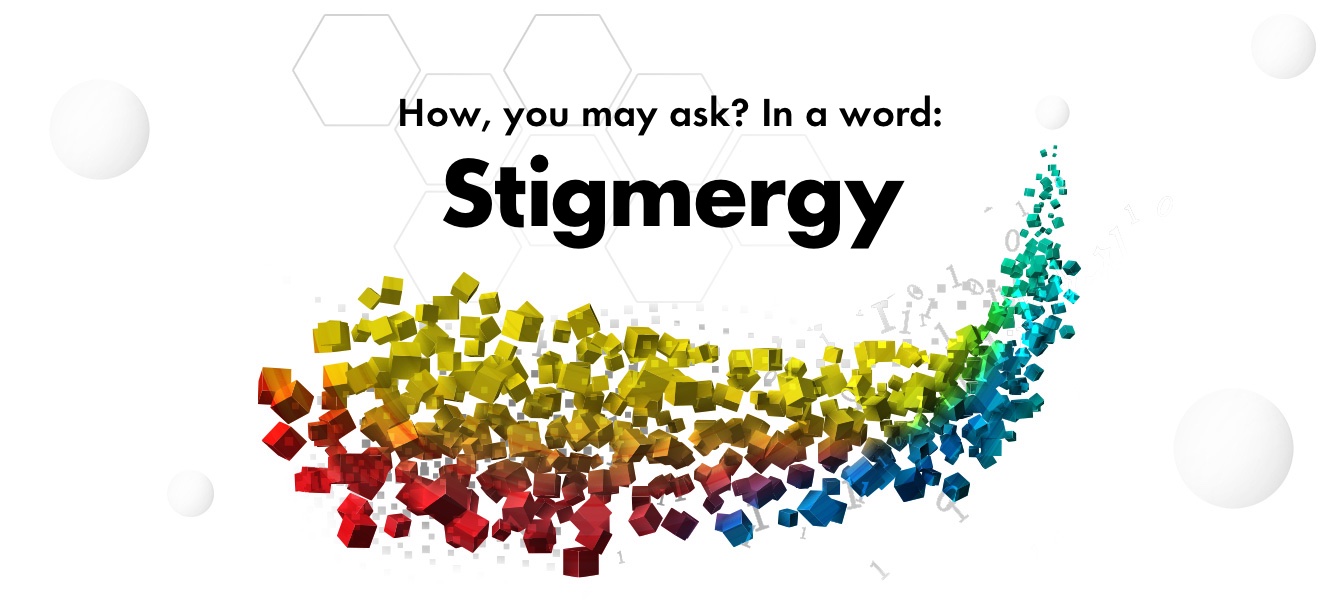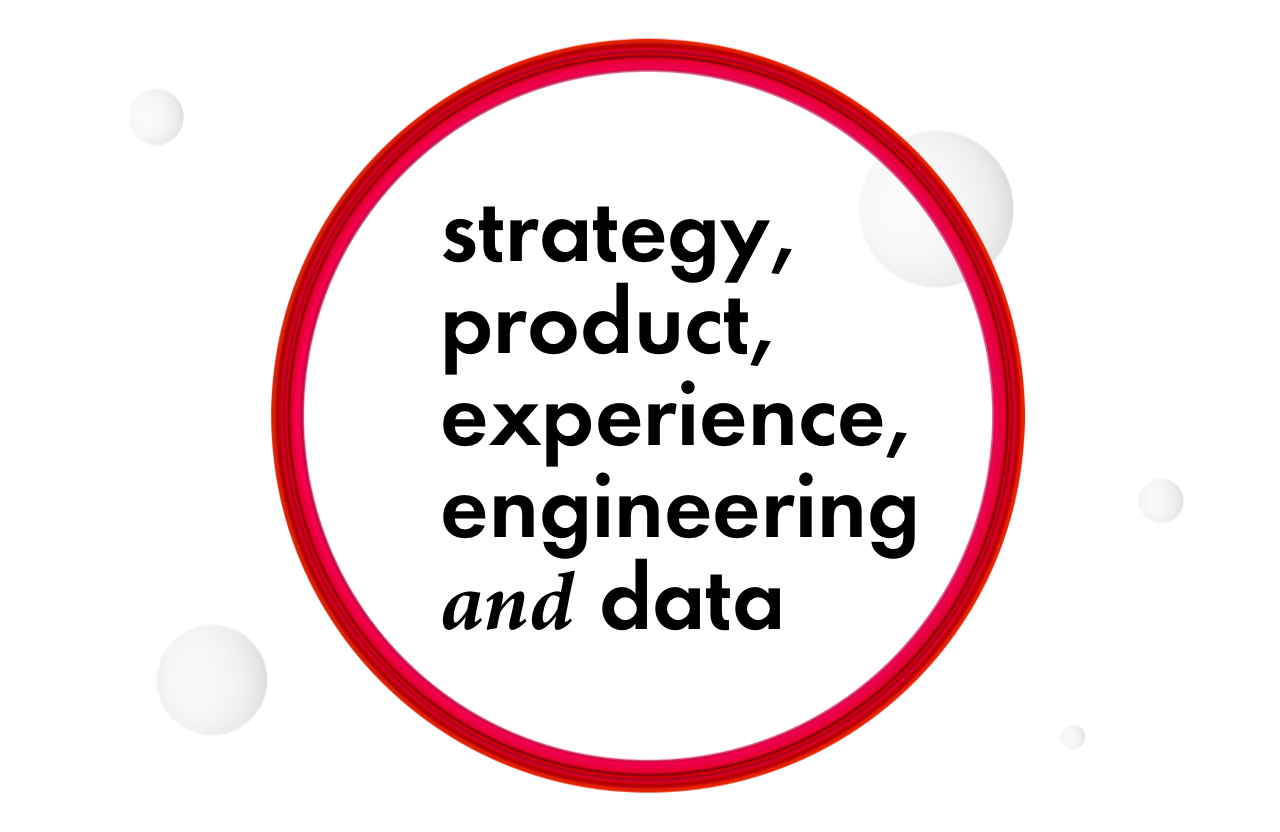What issue can we solve for you?
Type in your prompt above or try one of these suggestions
Suggested Prompt



Insight
Harnessing Swarm Intelligence to Create a Smarter CX
Harnessing Swarm Intelligence to Create a Smarter CX
In a world of logic-based algorithms and community-led growth strategies, the common honeybee may hold the key to creating a sweeter customer experience for brands.

First coined by French zoologist Pierre-Paul Grassé in the 1950s to describe the collective learning and unlearning behaviors of insect colonies—AKA honeybees—stigmergy is a mechanism of indirect coordination in which the trace left by an action in a medium stimulates subsequent actions.
In layman’s terms, we learn from our peers—and they learn from us.
In Rebecca Liu-Doyl’s article “4 proven approaches to CX strategy that make customers feel loved” (TechCrunch+, June 2021), she touches on the myriad ways that successful brands adapt to emerging CX trends in real-time:
“The app economy continues to raise the bar on user experience, and end users have less patience than ever before. Each time Netflix displays just the right movie, Instagram recommends just the right shoes, or TikTok plays just the right dog video, people are being trained to demand just a bit more magic.”
Rebecca Liu-Doyl’s , Contributor TechCrunch+
Most commonly applied in a digital context to the fields of artificial intelligence (AI), machine learning, and robotics, this wisdom-of-the-masses approach can also provide some valuable insights when it comes to crafting a future-proof digital transformation strategy.

Customer-first, at last.
While keeping an eye on the competition is inarguably table-stakes for any brand worth its strategic salt, in his new book Digital Business Transformation Publicis Sapient CEO Nigel Vaz points out that the real barometer of a winning DBT strategy isn’t staying ahead of challenger brands—but staying in the good graces of consumers.
“Customer‐oriented vision statements are the most powerful because they anchor to customer needs, which in turn can be used to shape your digital vision. The combination of connecting the purpose you serve in a customer's life to the solutions you are able to create through your digital capabilities becomes a space fertile with transformation opportunity.”
Nigel Vaz , CEO Publicis Sapient

Unblocking your brand’s potential
LEGO is textbook example of an established business that decided to take a good hard look at itself in the mirror and make some uncomfortable changes for the better. From the brink of financial ruin to Brand Finance’s Most Powerful Brand in the World in just over a decade, they were able to flip the script on legacy brands dying a slow lingering death in the face of digitally-native competition.
The building blocks of their big makeover? You guessed it—a customer-first approach.
By eliminating or selling off under-performing products, launching new lines like LEGO Architecture and jumping into the pop culture conversation with “The LEGO Movie,” they were able to relaunch a love affair with fans that dates back 70 years. And it all started with Putting. Customers. First.
The big lesson for marketers? Simply put, complacency is the enemy of progress. And while staying ahead of ever-evolving consumer trends and technologies may seem daunting at first glance, it’s not nearly as steep a climb as falling behind.

Digital Business Transformation Newsletter
Subscribe to exclusive transformation-focused trends and insights
Related Articles
-
![]()
Insight
How to Develop Your Business’ Muscle for Continuous Change
Experience is one of five capabilities that businesses need to prioritize if they want to undergo digital transformation.
-
![]()
Insight
Below the Glass: What Most Companies Don’t Realize About Customer Experience
Experience isn’t just about what’s on the screen, but what customers will never see. It involves anything and everything that affects a customer’s interactions with a brand.
-
![]()
Insight
Timely Trumps Timeless When Designing for Today’s Customers
Amid rapid change, businesses need to embrace modern design principles that emphasize speed and iteration.






